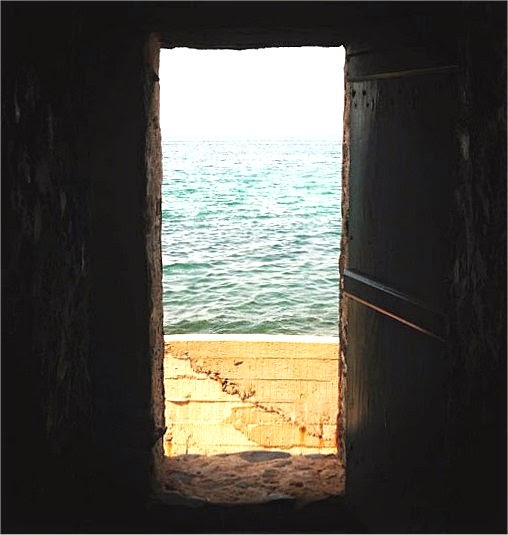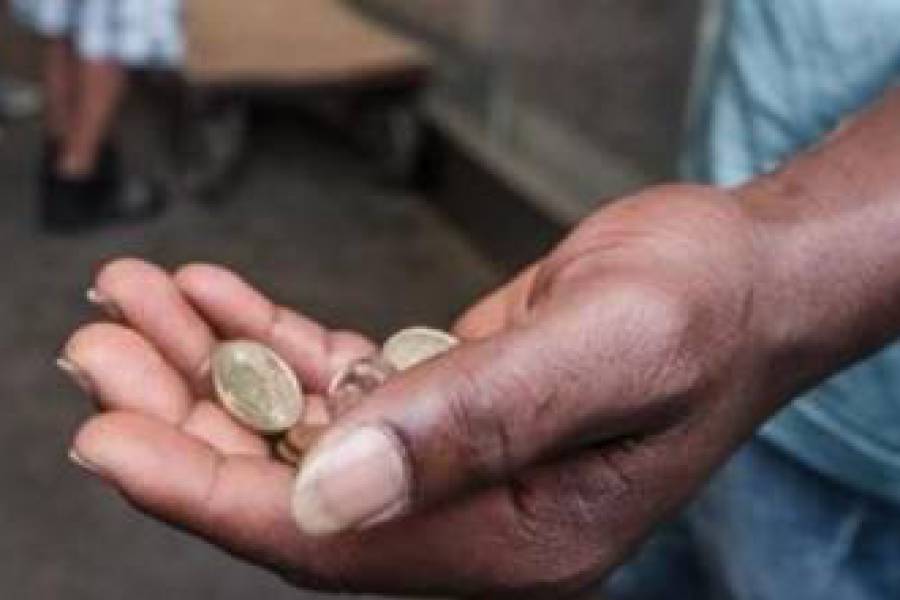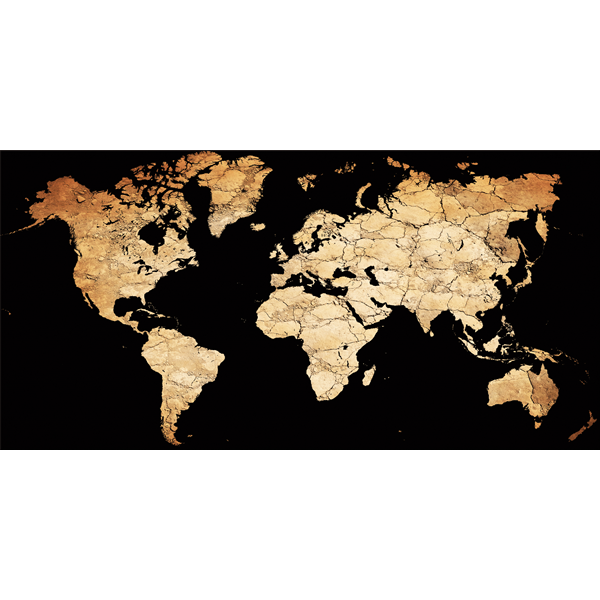
 EACH ONE TEACH ONE è un proverbio afro-americano nato nel periodo dello schiavismo quando ai neri era impedita l’istruzione – per controllarli e mantenere la convinzione che fossero inferiori – ed essi si aiutavano a vicenda passandosi preziose nozioni o rudimenti di alfabetizzazione.
EACH ONE TEACH ONE è un proverbio afro-americano nato nel periodo dello schiavismo quando ai neri era impedita l’istruzione – per controllarli e mantenere la convinzione che fossero inferiori – ed essi si aiutavano a vicenda passandosi preziose nozioni o rudimenti di alfabetizzazione.
Da alcuni mesi la mia stretta frequentazione con alcuni giovani migranti rovescia la mia prospettiva, il senso di molte mie conoscenze ed esperienze.
Ieri A. (18 anni, Mali) pensava ad alta voce: qui in Europa nessuno ci dà consigli, non ci sono i nostri “grandi”, dobbiamo aiutarci tra di noi.
O. (23 anni, Costa d’Avorio) mi chiama mamma perché mi vede come uno degli incontri più importanti che ha fatto nei suoi 10 mesi in Italia. Per F. (17 anni, Mali) sono Koromousso, la sorella maggiore.
Y. (20 anni, Costa d’Avorio) si veste come un rapper ma parla come un vecchio saggio, dispensando proverbi e massime di vita.
Sono partiti da casa poco più che bambini per quella che loro chiamavano l’avventura, un viaggio che gli ha rubato ¼ della loro vita, gli lasciato incubi e cicatrici e gli ha insegnato ciò che normalmente nessun adolescente dovrebbe imparare.
Si prendono in giro da soli: abbiamo rischiato la vita tante volte negli ultimi anni e qui non abbiamo il coraggio di chiedere ad una ragazza il numero di telefono. Sono eroi. Sono uomini. Sono bambini.
“I diversi generi musicali creati dalla nostra gente nel corso del tempo – l’hip hop, gli spiritual, il jazz, il blues, il soul – sono l’espressione dell’identità nera e hanno avuto un impatto profondo nella società statunitense e in quella globale. Queste forme di espressione artistica sono stati strumenti fondamentali per resistere e sopravvivere all’oppressione e al razzismo in momento storici differenti (…) Cornel West afferma che, per comprendere la cultura afro-americana, bisogna considerare due elementi fondamentali: il dolore e la creatività. La creatività porta a forme di resistenza, il dolore invece costituisce lo spazio dell’identità dove si formano pratiche di resistenza concrete.” Intervista a Greg Tate – Bigger than Hip Hop, U.net
Ho cominciato i miei studi artistici, etnografici e antropologici sull’Africa per comprendere le radici dell’Hip Hop e delle danze vernacolari.
Recentemente ho pensato che mi qualificassero come ponte per “preparare” l’Europeo ad un’apertura storicamente necessaria. Oggi mi ritrovo ad insegnare a questi ragazzi a non perdere la loro storia. Sono partiti troppo giovani per conoscere molte cose del proprio Paese. Qualcuno ha già perso per strada la lingua dei suoi genitori, ricorda alcune tradizioni, ma non ne conosce i ritmi, le danze, i protagonisti, non ne sa preparare i piatti, quei sapori di casa gli mancano da anni.
A. mi insegna bambarà, io a volte mi sento la memoria del suo héritage: suono wolossodon e korodouga, ascolto Manu Dibango e Cheick Tidiane Seck, racconto di etnie, caste, popoli, storia. Confrontiamo le maschere dogon con quelle della tradizione sarda
EACH ONE TEACH ONE.
Si aprono pensieri più ampi e tutto diventa relativo.
Cos’è l’educazione? L’Istruzione? La conoscenza?
Sto facendo un bellissimo viaggio con loro, vedo il mio Paese coi loro occhi, ne leggo i limiti, le contraddizioni, ma anche le tradizioni comuni, il potenziale e un fermento che spero porterà ad una nuova società.
E si bé san djolila? Quanti anni hai?
Ma anche : E bé sanji djolila?
Sanji, la pioggia, l’acqua del cielo che feconda la terra e dá nuova vita.
Mi chiedo quando abbiamo smesso di percepire il tempo in maniera ciclica e abbiamo cominciato a sentirlo lineare, sempre proiettati nel futuro o trascinandoci il passato.
Mi chiedo quando abbiamo smesso anche noi di dire Quante primavere hai? Forse al passaggio da società rurale a quella urbana?
N’sigilimbé Genova là.
I abito a Genova
O meglio: sono seduta qui. Sigy – sedersi.
Mi corrisponde di più questo modo, perchè percepisco la mia vita ormai come una transumanza continua, nomadismo che ogni tanto si dà pace e si posa, si siede qui, un luogo che non mi corrisponde affatto ma è anche casa.
E quando sono qui, gli incontri mi portano in viaggio attraverso gli occhi degli altri
La mia casa è la terra su cui poso i piedi. E che questo possa essere vero per chiunque arrivi qui, senza doversi mai sentire straniero.
EACH ONE TEACH ONE
“Ogni persona è un insegnante. Attraverso la parola, il carattere personale, l’abbigliamento, gli obiettivi, i risultati, la reputazione e altri simboli che definiscono lo status sociale, Tutti noi ci stiamo insegnando a vicenda costantemente in una grande varietà di modi. Alcune persone sono consapevoli di ispirare e insegnare ad altre persone. Tuttavia, la maggior parte delle persone vivono la propria vita inconsapevoli della propria influenza verso gli altri. Ogni piccola azione che compiamo pubblicamente insegna, influenza ed ispira in qualche modo chi in quel momento potrebbe guardare quello che stiamo facendo.”
“The Gospel of Hip Hop” (Krs one) EACH ONE TEACH ONE is an African-American proverb that dates back to the time of slavery, when black people were not allowed to study and they helped each other, sharing valuable fundamentals or the rudiments of literacy.
EACH ONE TEACH ONE is an African-American proverb that dates back to the time of slavery, when black people were not allowed to study and they helped each other, sharing valuable fundamentals or the rudiments of literacy.
For some months now, I have been spending a lot of time with some young migrants and it has reversed my perspective, the meaning of many experiences and part of my knowledge.
Yesterday A. (18 years old, Mali) was thinking out loud: here in Europe nobody gives us any advice, we don’t have our “great ones”/”old ones”, we’ve got to help each other all by ourselves.
O. (23 years old, Ivory Coast) calls me mom because for him i’m one of the most important persons he met in 10 months since his arrival in Italy. For F. (17 years old, Mali) i’m koromousso – the older sister.
Y. (20 years old, Ivory Coast) dresses like a rapper but talks like a wise old man, dispensing proverbs and life maxims.
They left home when they were little more than children for what they called the adventure, a journey that took away ¼ of their life, it gave them nightmares and left them scars, it taught them things a teenager shouldn’t normally learn.
They make fun of themselves: we risked our lives so many times in the last few years and here we don’t even dare to ask a girl for her phone number. They are heroes. They are men. They are children.
“The different music genres that our people created over time – hip hop, spiritual, jazz, blues, soul – are the expression of Black identity and had a strong impact on American and global society. These forms of artistic expressions were crucial to hold on and survive oppression and racism at different moments in history (…) Cornel West states that, to understand African-American culture, you need to consider two key elements: pain and creativity. Creativity leads to forms of resistance, pain on the other hand is the space of identity where concrete acts of resistance take place.” Greg Tate interview – Bigger than Hip Hop, U.net
I started my artistic, ethnographic and anthropologic African studies to understand the roots of hip hop and vernacular dances.
I recently thought they qualified me as a bridge to “prepare” the European for a historically necessary openness. Today I find myself teaching these young people how not to lose their history. When they left their country they were too young to know many things about its culture. A. already lost his parents’ language along the way, he remembers some traditions, but he doesn’t know their rhythm, their dances, their protagonists, he doesn’t know how to cook their typical dishes, he has been missing those flavors from home for years.
A. teaches me Bambara, sometimes I feel like I am the memory of his heritage – I play wolossodon and korodouga, I listen to Manu Dibango and Cheick Tidiane Seck, I tell him about ethnicities, castes, peoples, history. We compare Dogon and Sardinian traditional masks.
EACH ONE TEACH ONE.
You broaden your thinking and everything becomes debatable.
What is upbringing? Education? Knowledge?
I’m going on a beautiful journey with them, I see my country through their eyes, I see its limits, its contradictions, but also the traditions we have in common, I see its potential and a restlessness that will hopefully lead to a new society.
E si bé san djolila? How old are you?
But also: E bé sanji djolila?
Sanji, rain, water from the sky that fertilizes the soil and gives new life.
I wonder when we stopped having a cyclic concept of time and started conceiving it as linear, always projected towards the future or dragging our past along.
I wonder when we stopped saying Quante primavere hai? (How many Springs old are you?). Maybe when we changed from a rural to urban society?
N’sigilimbé Genova là.
I live in Genoa
Or rather, I sit here. Sigy – to sit.
It matches my personality better because I perceive my life as an ongoing transhumance, nomadism that every once in a while stops and rests, it sits here, in a place where I don’t belong but that is home too.
And when I’m here, the people I meet take me on a journey through their eyes.
My home is the earth beneath my feet. May this be true also for everyone who arrives here, so that they never have to feel like a foreigner.
EACH ONE TEACH ONE
“Everyone is a teacher. Through speech, personal character, clothing, achievements, validations, reputation, and other socially defining symbols of status we are all teaching each other in a variety of ways. Some people are aware that they are inspiring and teaching others. However, most people go through life unconscious of their influence upon others. Every little thing that we do publicly influences, inspires and teaches in some way those who may be observing what we are doing”
“The Gospel of Hip Hop” (Krs one)



